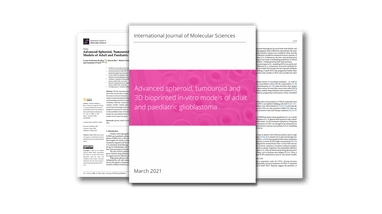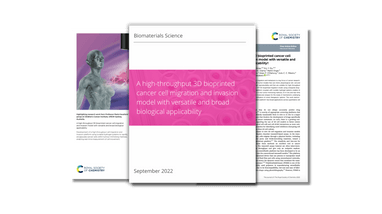Abstract
For a cell model to be viable for drug screening, the system must meet throughput and homogeneity requirements alongside having an efficient development time. However, many published 3D models do not satisfy these criteria. This therefore, limits their usefulness in early drug discovery applications. Three-dimensional (3D) bioprinting is a novel technology that can be applied to the development of 3D models to expedite development time, increase standardization, and increase throughput. Here, we present a protocol to develop 3D bioprinted coculture models of human induced pluripotent stem cell (iPSC)-derived glutamatergic neurons and astrocytes. These cocultures are embedded within a hydrogel matrix of bioactive peptides, full-length extracellular matrix (ECM) proteins, and with a physiological stiffness of 1.1 kPa. The model can be rapidly established in 96-well and 384-well formats and produces an average post-print viability of 72%. The astrocyte-to-neuron ratio in this model is shown to be 1:1.5, which is within the physiological range for the human brain. These 3D bioprinted cell populations also show expression of mature neural cell type markers and growth of neurite and astrocyte projections within 7 days of culture. As a result, this model is suitable for analysis using cell dyes and immunostaining techniques alongside neurite outgrowth assays. The ability to produce these physiologically representative models at scale makes them ideal for use in medium-to-high throughput screening assays for neuroscience targets.
.png)


